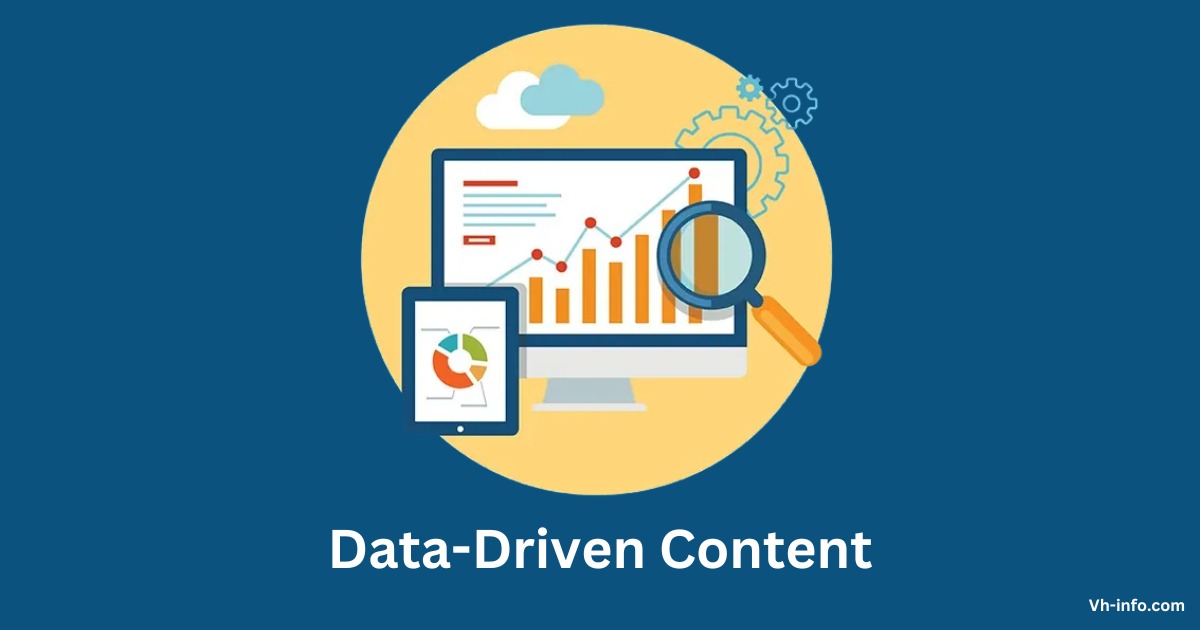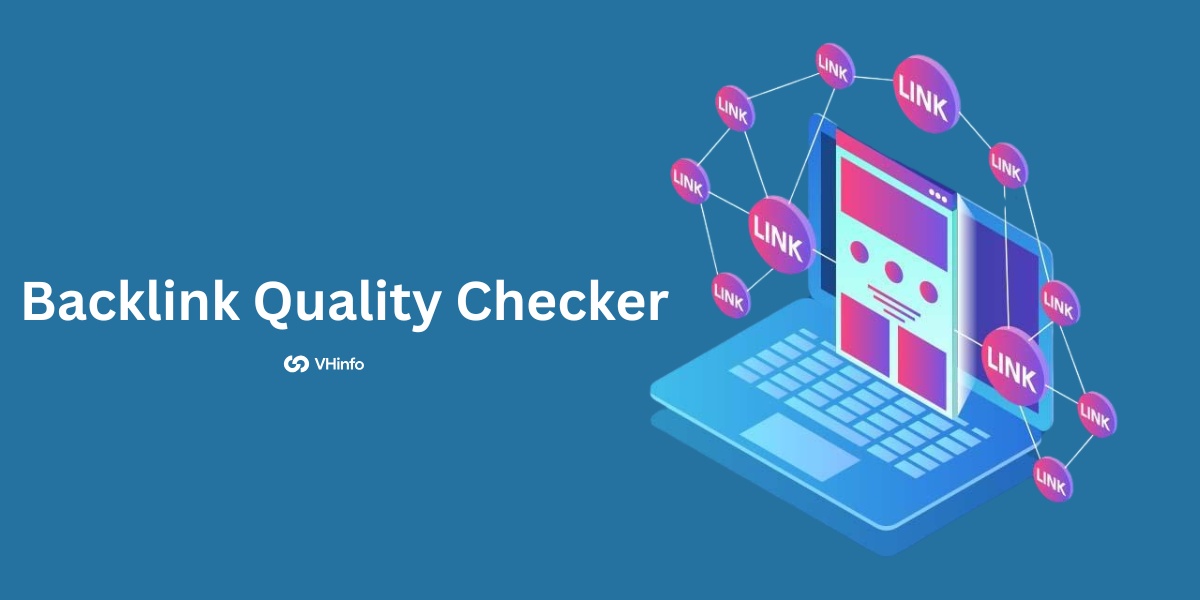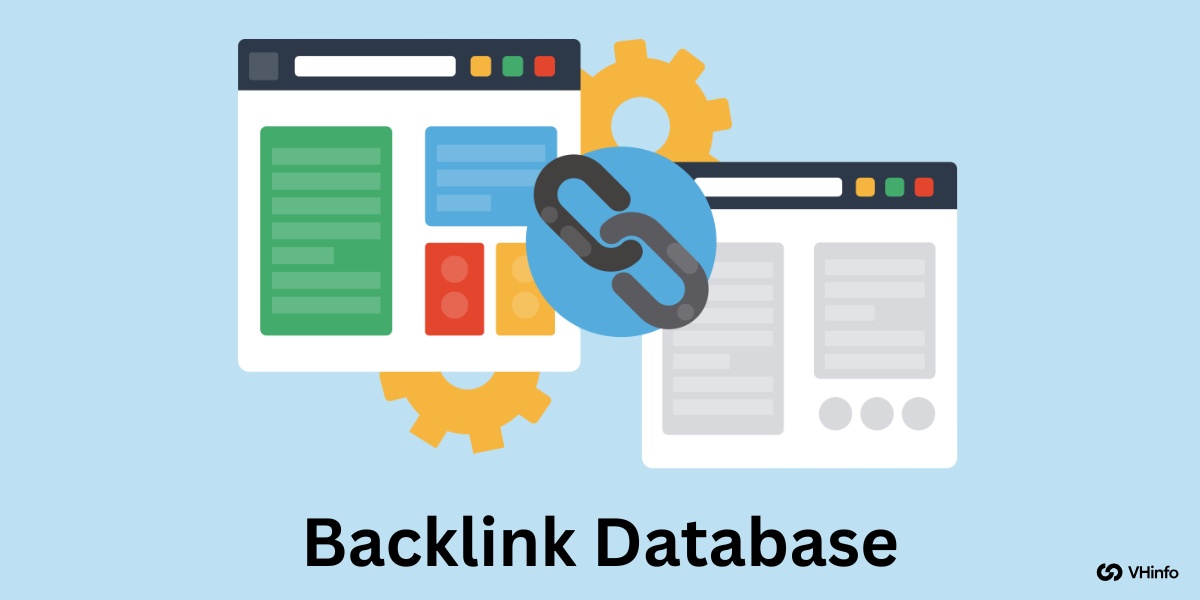In the dynamic world of content marketing, creating impactful and relevant content requires more than just creativity—it demands strategy. Data-driven content has emerged as a powerful approach that combines creativity with actionable insights derived from data.
Using data analytics and understanding audience behavior, businesses can create pieces of content that resonate with their target audience, improve conversion rates, and meet marketing goals effectively. This article delves into the concept of data-driven content, its importance, and how it can transform your overarching content marketing strategy.
What is Data-Driven Content?

Data-driven content refers to the process of creating content based on insights gathered from various types of data, such as customer behavior, historical data, industry trends, and website analytics.
Unlike traditional content creation that often relies on intuition or assumptions, this approach uses hard data to inform decisions. It ensures that every piece of content is tailored to meet the audience’s needs at the right time, driving better results for businesses.
Why is Such Content Important?

Data-driven content is critical for several reasons:
- Relevance: Using data insights, marketers can create relevant content that aligns with the preferences and pain points of their target audience.
- Improved Performance: Content backed by analytics tools like Google Analytics often performs better in terms of engagement, search rankings, and conversion rates.
- Efficiency: It helps optimize marketing efforts by focusing on strategies that yield measurable results.
What Makes Content “Data-Driven”?
Content becomes “data-driven” when it is informed by:
- Customer Data: Insights into buyer personas and user interactions.
- Analytics Tools: Platforms like SEMrush or Tableau provide valuable insights into audience behavior.
- Search Engine Optimization (SEO): Using keyword research to create pieces of content that rank well in search engines is a cornerstone of data-driven content. Additionally, using specialized services like SaaS Link Building Service can enhance your SEO efforts by providing high-quality backlinks that improve your content’s visibility and authority.
- A/B Testing: Testing variations of social media posts or blog posts to determine what resonates most with potential customers.
Who Conducts Data-Driven Marketing?

Data-driven marketing is important for many marketing experts.
They see how data can help make strong campaigns. Some jobs focus more on using data to create interesting and successful content. These people use data insights to adjust messages, improve targeting, and perfect content for certain goals.
Let’s look at three main roles that use data-driven marketing.
Content Marketers
Content marketers use data insights to create relevant and valuable content that meets the needs of their target audience. They analyze customer behavior, keyword research, and content performance to create blog posts, social media posts, and evergreen content. By focusing on audience behavior and industry trends, they ensure their pieces of content improve brand awareness and drive better search rankings.
Campaign Marketers
Campaign marketers rely on customer data and historical data to design marketing campaigns that resonate with their audience. They use tools like Google Analytics and customer feedback to understand the customer journey and identify pain points. Their goal is to create types of content that boost customer retention, align with marketing goals, and achieve measurable results.
Performance Marketers
Performance marketers focus on metrics like conversion rates, user interactions, and overall content performance. They use analytics tools such as SEMrush or Tableau to track the success of their marketing efforts.
By continuously optimizing their strategies through A/B testing and data analysis, they ensure every piece of content contributes to achieving better results for the business.
How to Create Data-Driven Content?
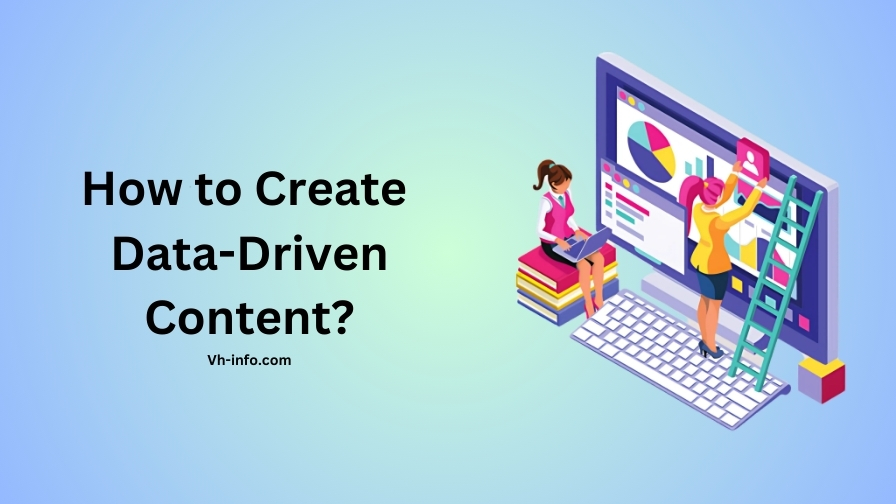
Creating effective data-driven content involves a structured process:
Step 1: Collecting Relevant Data
The first step in creating data-driven content is gathering the right types of data.
Use tools like Google Analytics, customer data platforms, and social media analytics to collect data points about your target audience, such as user interactions, customer behavior, and historical data.
This data collection helps you understand your audience’s needs, preferences, and pain points. The more accurate your data, the better your content decisions will be. Exploring a dedicated datacenter proxies plan can streamline your data acquisition process.
Step 2: Analyzing Audience Behavior
Once you have collected data, analyze it to uncover patterns in audience behavior. Look at website analytics to see which pieces of content perform well or use customer feedback to identify common challenges.
Tools like SEMrush or Tableau can help you visualize this data and understand the customer journey. This step ensures that your content strategies align with what your audience truly wants.
Step 3: Creating Content Backed by Insights
Use the insights from your analysis to create valuable content that addresses your audience’s pain points and interests.
For example, create case studies that highlight solutions to common problems or write blog posts optimized with keyword research for better search rankings. Focus on delivering relevant content that resonates with your buyer personas and adds value to their experience.
Step 4: Choosing the Right Distribution Channels
Not all distribution channels are equal—choose the ones where your target audience is most active.
For instance, if your potential customers engage more on social media, prioritize platforms like LinkedIn or Twitter for sharing social media posts. If they prefer in-depth resources, focus on email newsletters or search engines.
Distributing content through the right channels ensures it reaches the right audience at the right time.
Step 5: Measuring Performance and Optimizing
After publishing your content, measure its performance using analytics tools like Google Analytics or SEMrush.
Track metrics like conversion rates, user behavior, and content performance to see what’s working. Use A/B testing to refine your approach and continuously optimize your marketing efforts for better results.
This step ensures that every piece of content contributes to achieving your marketing goals effectively.
Challenges in Implementing Data-Driven Content
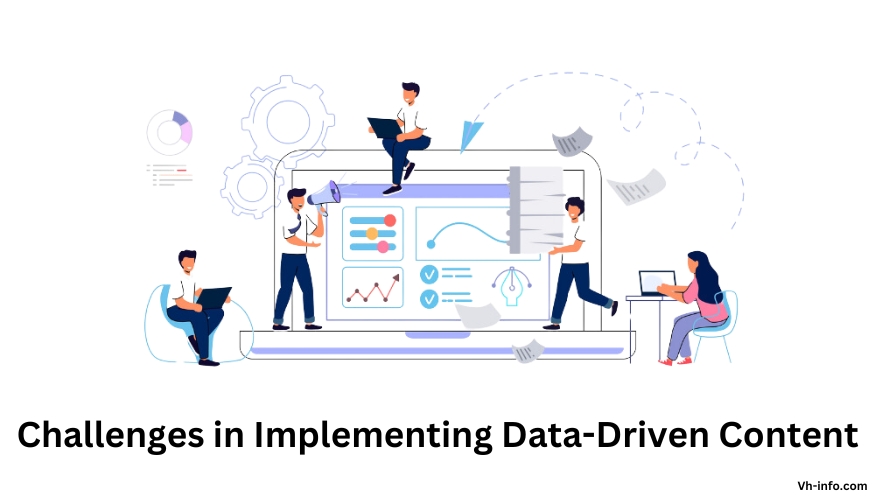
Implementing data-driven content strategies comes with several challenges:
- Data Quality Issues: Poor-quality data, such as incomplete or inconsistent information, can lead to flawed insights and ineffective content decisions. Ensuring clean, reliable customer data is critical for better results.
- Data Integration: Consider using automated data integration platforms like Windsor.ai to centralize your data across channels for in-depth analytics in just minutes through powerful ELT connectors.
- Privacy and Security Concerns: Collecting and using customer data must comply with regulations like GDPR or CCPA. Mishandling sensitive data can damage brand authority and customer trust.
- Skill Gaps: Many teams lack expertise in data analysis, machine learning, or using advanced analytics tools, making it hard to implement effective content strategies. For startups facing such challenges, using specialized services like SEO for Startup can provide the necessary expertise and tools to bridge these gaps and drive measurable results.
- Analysis Paralysis: Too much data without clear recommendations can overwhelm marketers, leading to indecision or poor marketing efforts.
How Can I Gather Data For Content Creation?

To gather actionable data for content creation:
- Use Website Analytics: Tools like Google Analytics provide insights into user behavior, audience demographics, and content performance on your website.
- Conduct Surveys: Platforms like SurveySparrow allow you to collect customer feedback on pain points, preferences, and types of content they find valuable.
- Use Social Media Analytics: Analyze social media posts to understand user interactions, trending topics, and audience behavior across platforms.
- Monitor Industry Trends: Research industry reports or competitor case studies to identify relevant topics for your target audience.
- Track Historical Data: Review past content performance and conversion rates to refine your content creation process.
Tools For Data-Driven Content Creation

Analytics Tools (E.g., Google Analytics, SEMrush)
- Google Analytics: Tracks website traffic, user behavior, and conversion rates to provide valuable insights for your overarching content marketing strategy.
- SEMrush: Helps with keyword research, search engine optimization (SEO), and analyzing competitors’ content performance.
Survey Tools (E.g., SurveySparrow)
- SurveySparrow: Offers chat surveys and conversational forms to collect customer feedback efficiently. It also provides advanced reporting features for analyzing audience behavior.
Visualization Tools (E.g., Tableau)
- Tableau: A powerful tool for visualizing complex data points like customer behavior or historical data trends. It simplifies decision-making by presenting insights in an easy-to-understand format.
By combining these tools with effective data collection methods, you can create relevant content that aligns with your audience’s needs while optimizing your marketing strategies for better results.
Best Practices For Data-Driven Content Marketing

Using Data to Create Relevant and Valuable Content
To create relevant content, use data insights from tools like Google Analytics or customer feedback to understand your audience’s needs and pain points. Focus on creating types of content, such as blog posts or case studies, that provide valuable solutions to their challenges.
By addressing buyer personas and using historical data, you can ensure your content resonates with the right audience and improves content marketing results.
Use A/B Testing to Optimize Your Content
A/B testing is a great way to compare two versions of a piece of content, such as social media posts or email headlines, to see which performs better. Test different elements like keywords, visuals, or calls to action to identify what drives higher engagement or conversion rates.
This process helps refine your content strategies and ensures your marketing efforts are aligned with your audience’s behavior.
Continuous Measurement and Analysis
Regularly track the performance of your content using analytics tools like SEMrush or website analytics platforms. Monitor metrics like user interactions, conversion rates, and search rankings to evaluate how well your pieces of content are meeting marketing goals.
Continuous analysis allows you to adjust your strategies based on data insights, ensuring better results and long-term success in your content creation process.
FAQ’s:
Can Small Businesses Benefit From Data-Driven Content Marketing?
Yes, small businesses can greatly benefit from data-driven content marketing. By using affordable tools like Google Analytics or SurveySparrow, they can gather valuable insights into their customer base and audience behavior. This helps them create relevant content that meets the needs of potential customers, improves conversion rates, and builds brand awareness without requiring a large budget.
How Often Should You Review Your Data and Content Strategy?
You should review your data and content strategies at least quarterly or whenever there are significant changes in customer behavior or industry trends. Regularly analyzing website analytics, social media performance, and customer feedback ensures your marketing efforts stay aligned with your audience’s needs and deliver better results.
Where to Start If You’re New to Data-Driven Content Marketing?
If you’re new to data-driven content marketing, start by collecting basic data using tools like Google Analytics for website analytics or conducting surveys to understand your target audience. Focus on keyword research and analyzing historical data to create your first pieces of content. Gradually expand your efforts as you gain confidence in using data insights for content creation.
How Do You Measure the Success of a Data-Driven Content Strategy?
The success of a data-driven content strategy can be measured by tracking metrics like search rankings, user interactions, conversion rates, and overall content performance. Use analytics tools like SEMrush or Tableau to monitor how well your pieces of content meet your marketing goals. Continuous measurement helps refine your strategies and achieve better results over time.
Conclusion
Data-driven content marketing is a game-changer for businesses aiming to create impactful and relevant content.
Using tools like Google Analytics, SEMrush, and Tableau, marketers can use data insights to create valuable content that resonates with their target audience. This approach helps address pain points, improve conversion rates, and align with marketing goals.
Whether you’re a small business or a large enterprise, using customer data, audience behavior analysis, and historical data ensures your content strategies deliver better results.
Challenges like data integration or skill gaps can be overcome with the right tools and consistent effort. Regular measurement of content performance and A/B testing further optimize your marketing efforts.
Ultimately, data-driven content not only boosts brand awareness but also builds stronger connections with your customer base, making it an essential part of any successful content creation process.
